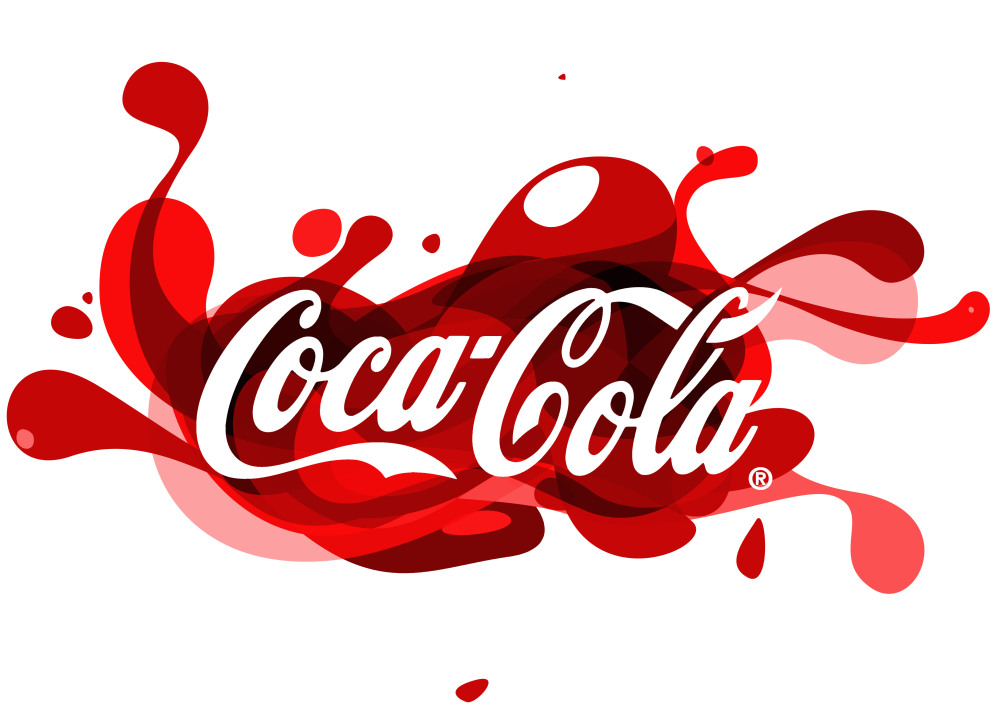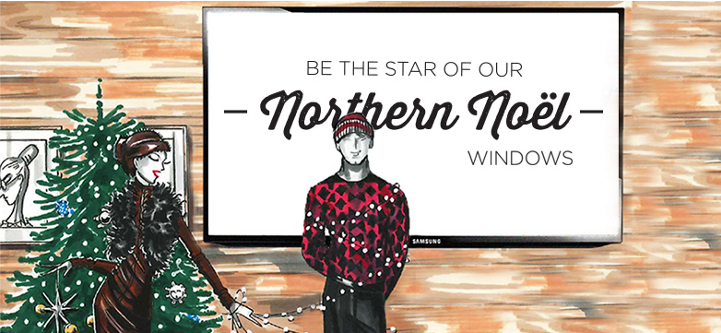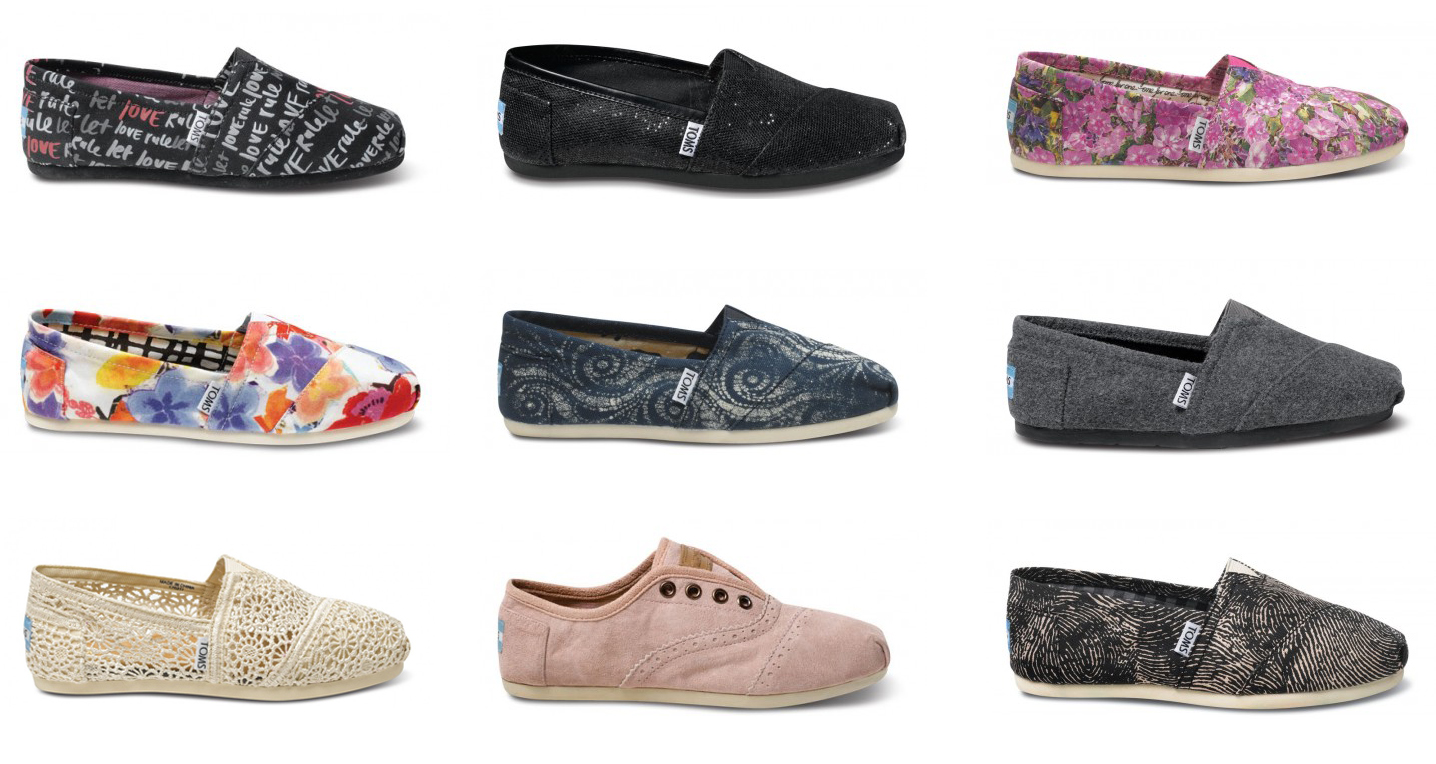It is always great to have groups projects for a course because it gives me the opportunity to meet new people in my faculty and work with others in the class. During our first few group meetings we had to come to a consensus of which company to choose for our assignment which we ended up choosing Coca Cola! To be honest, I didn’t have much background knowledge about the Coca Cola company itself. This assignment was rather interesting for me throughout the whole term as I was able to research and find interesting facts about Coca Cola. For example, I had no clue about how long their product line for beverages are, about 80% of what I drink and purchase on a daily basis is all manufactured or some how under the Coca Cola brand name.
In addition, this assignment didn’t not only allow me to learn about the Coca Cola company but I was able to apply class marketing material to my studies and use various of tools such as SWOT, CDSTEP, and STP to analyze Coca Cola’s current situation and to make marketing recommendations as to what they could potentially do in the future.
I really enjoyed how the assignment was broken down into 3 different parts, as it allowed us to focus and tackle a situation one at a time and to learn the materials bit by bit. Furthermore, in a group context there’s always different strengths and weaknesses between different members and I thought it was smart to divide the assignment into both written (part 1 & 2) and visual (part 3-video) aspect of the work, because personally I would say my strength is more visual with the video editing aspect whereas majority of the group members strength were the visual part. So I thought this assignment was well balanced and was a fair assessment as it was able to maximize group potentials.












